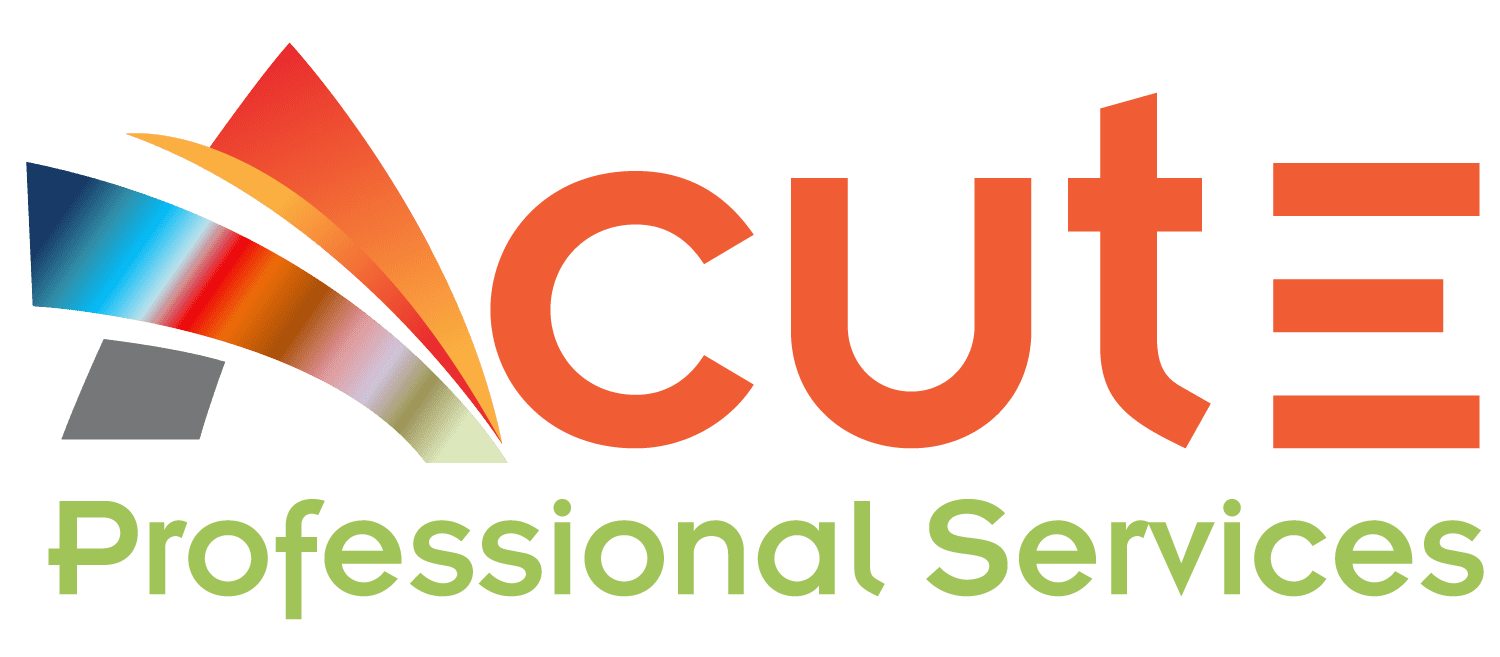Streamlining Multi-Country Active Directories for an Education Client

Client Background
Our client, a prominent player in the education sector, operated across multiple countries, each with its own Active Directory (AD) structure and environment. This fragmented approach to user authentication and directory management had resulted in significant manual intervention and administrative overheads. The client recognized the need for a comprehensive solution to consolidate and streamline their AD systems for increased efficiency and productivity.
Clients Challenge
The client faced several key challenges:
- Fragmented AD Environments: Multiple countries operated separate AD structures, making it difficult to identify and authenticate staff members consistently across borders.
- Manual Processes: The lack of a unified AD system required extensive manual intervention for user management, resulting in time-consuming and error-prone administrative tasks.
- Complex Group Management: Identifying and managing cross-country user groups was challenging, impacting collaboration and access control.
- Non-Employee and Vendor Accounts: The client needed to differentiate between employee and non-employee accounts and streamline access accordingly.
- Application Integration: Numerous applications relied on AD for single sign-on (SSO), creating complexities in the consolidation process.
Our Solution
Our team of experts embarked on a comprehensive assessment and consolidation project to address these challenges. Here’s a breakdown of our approach and activities:
- AD Structure Review: We thoroughly reviewed the existing AD structures in each country to understand their unique configurations and complexities.
- User and Computer Object Identification: We conducted an in-depth analysis to identify the number of users and computer objects that needed consolidation across the multiple ADs.
- Group Identification and Consolidation: We identified and assessed groups across countries, finding efficient ways to consolidate them while ensuring seamless access control.
- Non-Employee and Vendor Account Differentiation: We implemented strategies to distinguish non-employee and vendor accounts from employee accounts to streamline access and security.
- Application Integration Assessment: We assessed the various applications relying on AD for SSO, ensuring their compatibility and smooth transition during consolidation.
Results and Impact
Our diligent efforts in assessing and consolidating the client’s multi-country AD environments led to significant outcomes:
- Efficiency Gains: The consolidation streamlined user authentication, reducing manual interventions and administrative overheads significantly.
- Enhanced Collaboration: With improved group management and access control, cross-country collaboration became more efficient and secure.
- Simplified User Management: The client now had a unified AD system that simplified user management and reduced the risk of errors.
- Cost Reduction: The removal of manual touchpoints and redundancies resulted in cost savings for the client.
- Seamless Application Integration: Applications relying on AD for SSO seamlessly transitioned to the consolidated system, ensuring uninterrupted access.
Conclusion: By thoroughly assessing and consolidating the client’s multi-country AD structures, we delivered a robust, streamlined, and efficient system. This project not only reduced administrative overheads but also laid the foundation for improved collaboration, enhanced security, and cost savings, allowing the client to focus more on their core mission in the education sector.
- Application Consolidation
- RMIT University




